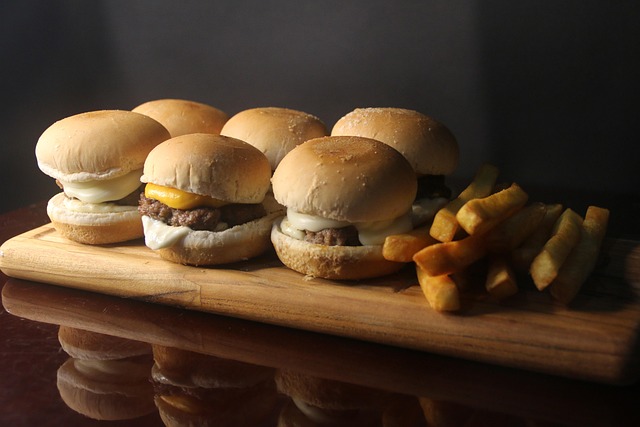Mastering JPG Composition: A Photographer’s Guide to Perfecting Image Structure
In the world of photography, the beauty of an image often rests on its composition, especially when capturing stunning JPGs. Every shot taken with your camera is an opportunity to tell a story, and the way you structure each image can elevate it from ordinary to extraordinary. Whether you’re a budding photographer or a seasoned pro, understanding the principles of composition will enhance your skills and refine your photographic eye.
The Essence of Composition
Composition is more than just arranging elements within the frame; it’s about guiding the viewer’s eye and evoking emotions through careful decisions. When discussing JPG images, consider how the compression and color fidelity of this file format can affect your presentation. JPGs can artfully capture the nuances of light and color, but it’s your composition that will ultimately draw the viewer in.
Utilizing the Rule of Thirds
One of the fundamental techniques in photo composition is the rule of thirds. Imagine dividing your image into nine equal sections with two vertical and two horizontal lines. Positioning your subject along these lines or at their intersections can create balance and interest in your JPG images. This method helps prevent your photos from feeling static and encourages viewers to engage with the entire frame.
The Power of Leading Lines
Incorporating leading lines into your photography can create a strong sense of depth and direction. Roads, bridges, and natural elements like rivers or pathways can guide the viewer’s gaze toward the focal point of your image. This technique not only adds structure but also invites your audience to explore the scene, making your JPG photos more immersive.
Framing Your Subject
Effective framing draws attention to your subject and creates context around it. Use natural elements in your environment, such as tree branches or archways, to create a “frame within a frame.” This technique adds layers to your composition, helping to isolate your subject and enhance the storytelling aspect of your JPG images. Remember, each component you include in your shot can impact the viewer’s perception.
Experimenting with Perspective
Your camera offers a multitude of angles and perspectives; experimenting with these can lead to thrilling results. Don’t be afraid to get low to the ground or climb to a higher vantage point. This flexibility allows you to play with the composition of your JPGs and discover new insights about your subject. A simple shift in perspective can dramatically alter the mood of your photograph.
Harnessing Natural Light
The quality of light can greatly influence your composition. The golden hour, just after sunrise or before sunset, provides soft, diffused light that can enhance textures and colors in your JPG photos. Pay close attention to how light interacts with the elements within your frame. Shadows and highlights can create depth and emphasize your subject in captivating ways.
Editing Your JPGs
Editing is an essential part of the photography process, especially when working with JPGs. Utilize software to enhance your images, correcting exposure, contrast, and color balance. However, it’s vital to remember that editing should enhance your original composition, not overshadow it. Maintaining the integrity of your photograph will ensure your artistic vision shines through.
Ultimately, mastering JPG composition is about finding the right balance between technical skills and your innate creative instincts. By embracing these principles, you’ll be well on your way to creating compelling, structured images that resonate with your audience.



